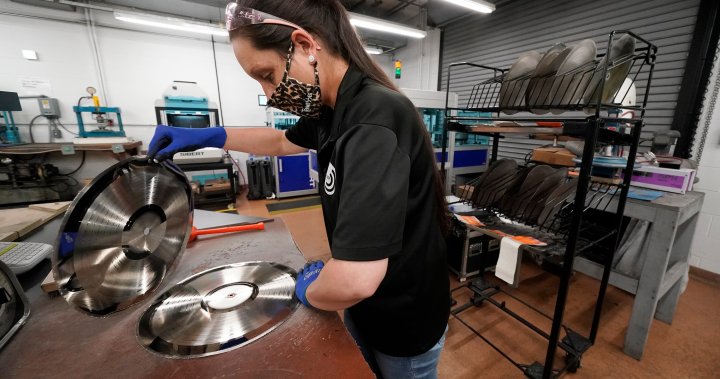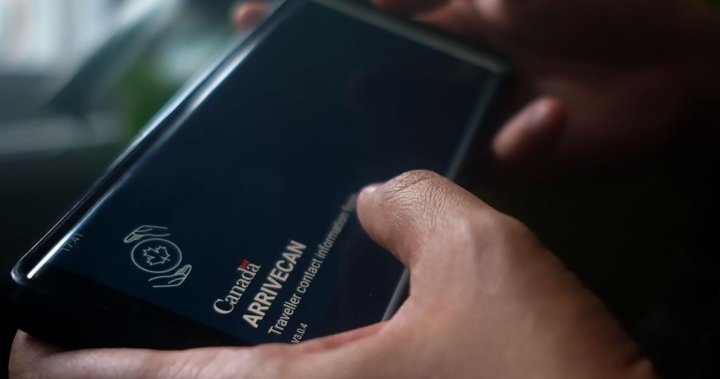Does vinyl really sound better than a compact disc? This is a debate that is not only very scientific but also very emotional. To explain this is very difficult because the appreciation of audio quality is a very, very subjective thing that involves everything from your emotional state to the health of your ears. But I’m going to try.
If we look at things from a technical standpoint, the audio from a CD is far superior to what we get from vinyl. Again, I said, “From a technical standpoint.” Please hear me out.
The compact disc offers a better signal-to-noise ratio. Rumble — that low-frequency noise that’s not part of the music and is created by the stylus running through the grooves of a record as well as vibration from the turntable motor — is pretty much non-existent with a CD. Because it’s played with a laser, nothing ever touches the disc. And while there is a certain amount of noise from the CD player’s motor, it’s very, very quiet.
Vinyl is also prone to pops from static electricity and clicks from flaws in the surface of the record. And if you talk to engineers, they will tell you that most human ears cannot sense the fact that the digital signal of a CD is broken down into 44,100 segments per second. CDs also use something called “anti-aliasing,” which is supposed to smooth out that tiny jaggedness and (theoretically) non-continuous stream of the digital signal.
Without getting too deep into the weeds, the bottom line is that a signal sampled at 44,100 times per second is indistinguishable by our ears and brain from the same signal delivered by a smooth analogue one. This sampling rate theory was first discussed in a paper printed in 1928 and then proven experimentally in 1949.
Music from a CD should sound the same as music played from a vinyl record. However, vinyl delivers audio in a smooth analogue way with no jaggedness whatsoever. And yes, a properly recorded and manufactured vinyl record can seem to sound warmer and more pleasant. But that has more to do with how the recording was made and mastered — how it was created and prepared — before it was transferred to plastic.
Let’s look at the act and process of transferring music to vinyl, as vinyl has some inherent drawbacks that cannot be overcome.
Music is essentially data. Vinyl is limited in how much data it can store.
When deep bass is committed to vinyl, the grooves that contain that information need to swing out wider to accommodate all the data of deep bass. The same thing happens when louder sounds are committed to vinyl. In other words, both deep bass and louder sounds require more physical space on the surface of the record. This creates a storage problem. The louder the music and the deeper the bass it contains, the less of it you can put onto one side of a vinyl record.
Breaking news from Canada and around the world
sent to your email, as it happens.
And there’s another limit. If the data pressed onto the vinyl is too loud or too bassy, the stylus won’t track the grooves accurately. It’ll miss bits and might even jump out of the groove entirely. In both cases, music will go missing. To prevent that, bass frequencies need to be held in the centre of the final mix, distributing the force exerted on the stylus as evenly as possible.
The CD, being all digital and read with a laser, has no such issues. You will always, always get deeper, louder bass from a CD than you will from a vinyl record. This isn’t my opinion. It’s a scientific, physical, and engineering fact.
There’s a similar problem with high frequencies. Vinyl can suffer from something known as the “sibilance issue” where higher frequencies are smeared, especially with “s” sounds.
High frequencies are translated to vinyl into grooves with very fine detail, requiring the stylus to navigate some very tight maneuvers many times per second. Really high frequencies can require grooves too small for the stylus to track. It will then just plow through everything, basically surfing on top of the bits that are too small for it to fit into. That results in distortion.
This distortion may also come from the machine used to create the master disc from which the vinyl record is pressed. Tracking the high frequencies means the cutter must move faster. Because the cutter is moving so quickly, it is prone to overheating. Overheating means distortion, and that distortion is transferred to the master plate which then transfers it to all vinyl pressed from that plate. Again, the CD is not plagued by these issues.
So what’s the solution? Back at the dawn of the vinyl record in the 1940s, a group of American engineers developed what’s known as the Recording Industry Association of America Curve. This is a standard way of equalizing the audio — artificially tweaking it — before it’s pressed into a record.
Bass is de-emphasized and high frequencies are enhanced. If this was not done, low frequencies would take up so much space that a side of an album would only store about five minutes of music. The RIAA curve is the thing that allows for about 22 minutes per side.
Meanwhile, boosting the treble greatly reduces the surface noise that’s naturally generated by dragging a tiny diamond stylus through the plastic grooves of a record.
This also explains why all turntables need a special pre-amp (either built-in or an external one). It not only amplifies the tiny voltage that’s generated by the stylus, cartridge, and tonearm, but it also applies the reverse of the RIAA curve, thus restoring the natural sound of the recording.
But even after all this, there is no functional difference between the audio we get from vinyl and a CD. The brain just can’t tell the difference.
So why do so many people seem to prefer — or at least say they prefer — the sound of vinyl over CD? It appears to be mostly psychological. These people love the nostalgia of vinyl and have positive feelings about it — feelings, that colour what they think they’re hearing.
Again, I’m just reporting on the science and neurology. Stop yelling at me.
However, vinyl does have a specific sound and feel that is different from CD, which is very, very real. Music is mastered differently for vinyl than it is for CD and vice-versa. In the case of vinyl, the mastering engineer may also tweak things further to bring out warmth and smoothness by carefully adding mid-range bass and a little trebly sparkle.
CDs can sound awful because of compression, this post-recording practice of making a CD seem louder. We’ve come to know this as “the loudness wars.” This has introduced a ton of distortion to what should be a pristine digital signal. All the dynamics and nuances between the loud and quiet bits of the music have been squeezed out. And yeah, they sound awful.
But the same compression cannot be applied to vinyl because of those physical limitations I mentioned earlier. Music properly mastered to vinyl makes vinyl immune to the distortion caused by the loudness wars. This explains why a CD version of an album may sound terrible, but the vinyl version of the same album can sound much, much better with plenty of warmth and smoothness.
All this also explains why some artists will release versions of their album on several 12-inch 45 rpm records instead of one 12-inch record running at 33 1/3 rpm. Fewer songs taking up more space and running at a higher speed allow the grooves to swing out as much as they need to in order to accommodate more bass. The zigs and zags the stylus must follow to translate high frequencies are far less abrupt. Bottom line? Less distortion and better sound.
So what sounds better, CD or vinyl? Well, it depends.
There are other factors to consider: The quality of your turntable/cartridge, CD player, amp, speakers, headphones, the acoustics of the listening environment, the physical condition of your ears, and the functioning of your audio cortex. Most of all, though, there’s the source material itself.
I have albums that sound great (to me) on CD but lousy on vinyl — and vice-versa. It all depends on how they were recorded, mixed, mastered, and manufactured.
Personally — and again, this is just me — I find many Red Hot Chili Peppers albums unlistenable on CD because of over-compression. But uncompressed from vinyl, all the subtleties come through.
This is an uncompressed, lossless version of Californication more-or-less equivalent to what you get from a vinyl version of the album. Can you tell the difference?
So again, I ask: What sounds better, CD or vinyl? Go with what sounds best to you, keeping in mind that things can change from song to song and from album to album.
See? I told you weren’t going to like the answer.





